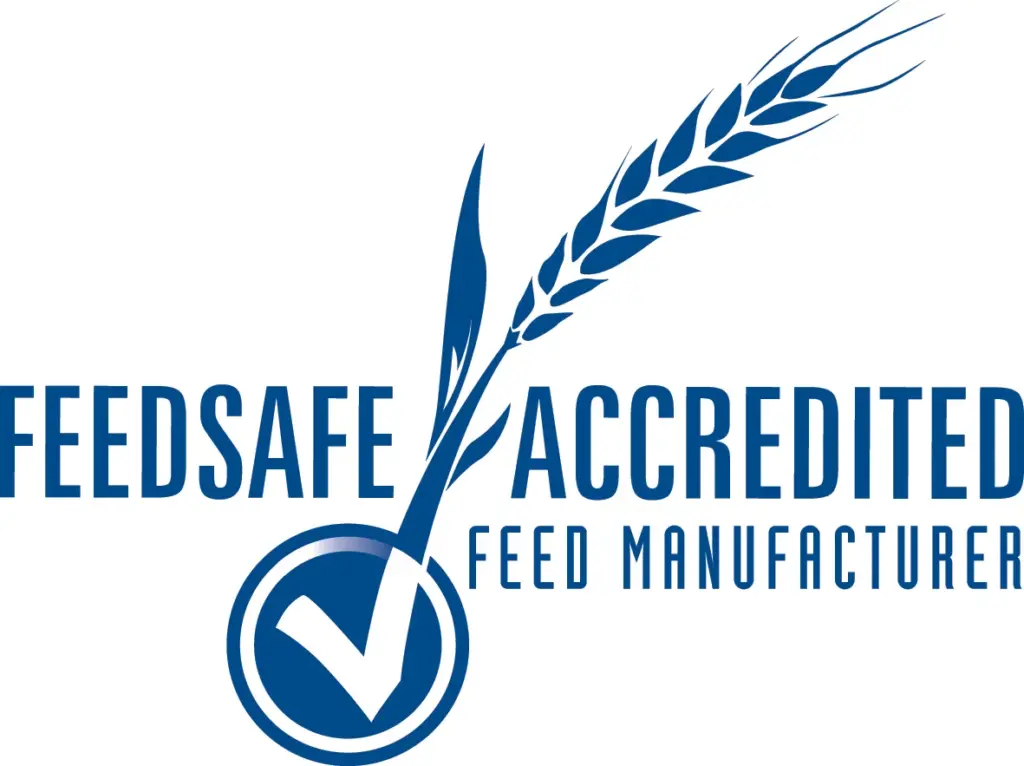Why is phosphorus so important to beef production?
Low soil phosphorus levels in many soils in Northern Australia makes phosphorus deficiency a major problem for grazing cattle. Whilst phosphorus is crucial in all bodily functions, a phosphorus deficiency causes a supressed appetite in cattle. The reduced pasture intake means lower energy and protein is consumed.
While suffering from phosphorus deficiency, the cows ability to maintain her body condition is affected due to the reduced nutrient intake meaning lower milk production and a higher chance to losing her calf and having difficulty reconceiving. Calf loss, low weaning weights, breeder mortality and difficultly conceiving, all have a serious negative impact on the productivity and profitability of the business.
Extensive research on phosphorus supplementation can be found on the Future Beef website. The images below from the Kidman Springs phosphorus trial illustrate the impact that phosphorus supplementation has on the cows body score condition and ability to be productive. The trial involved a control mob (-P) which was not supplemented with phosphorus and a treated mob (+P) which was provided adequate phosphorus through the form of supplementation.
DIT’s water supplementation technology
DIT’s dosing technology is used to proportionally deliver supplement into the drinking water lines for livestock . We have customers that have a uDose™️ plumbed in at the bore head, feeding tanks and troughs with nutrition delivery via water. Some of our customers have the uDose™️ installed after a turkey’s nest, after a dam and just before a trough. The uDose™️ can be installed anywhere that water will be held in poly pipe or tanks, for example the photo below shows a uDose™️ installed from a bore head.
Once installed, we then set a flow rate based on how much of the key deficient nutrient we wish to target. For example, a lactating cow drinking 40L per day and we want to provide her with 11 grams of phosphorus per day. We would set the quantity at 50ml every 20L.
On larger scale operations we are installing 5000L tanks to hold DIT’s liquid supplement. 5000L of uPro Green will provide 11 grams of phosphorus per day to 1000 head for 50 days. 50 days of guaranteed, consistent supplementation is proven to demonstrate productive results.
DIT’s dosing technology is being used all throughout the year to supplement livestock with protein. DIT use the ‘slow release’ capabilities of urea phosphate to safely and effectively deliver urea into the water, providing an additional source of crude protein equivalent to livestock. The uDose™️ provides livestock with a consistent intake of protein and phosphorus through the water compared to traditional methods of dry lick. Wastage and behavioural issues are major challenges producers face with traditional methods of supplementation with lick blocks and lick bags.
Once of the current methods of feeding wet season lick involves dropping a 600kg bag of phosphorus supplement in the paddock and cutting the top off the bag. The bags are exposed to the elements causing run off and wastage. Cattle use the bag as a head rub which can break the bag and the contents of the bag ends up on the ground to be stood in, eventually soaking into the soil. With phosphorus prices skyrocketing, limiting the wastage can be done through storing it in tanks and delivered into the water line using the uDose™️ Technology.
Water supplementation provides producers the peace of mind that the product they pay for is injected into the waterline for the livestock to drink.
While having direct benefits to individual business’s profitability and productivity, phosphorus supplementation has also been put forward as a methane mitigation strategy. The model is outlined HERE. It is suggesting that if we can move cattle through the grazing system quicker by supplementing livestock with phosphorus then the methane emitted per kg of beef produced is reduced.



